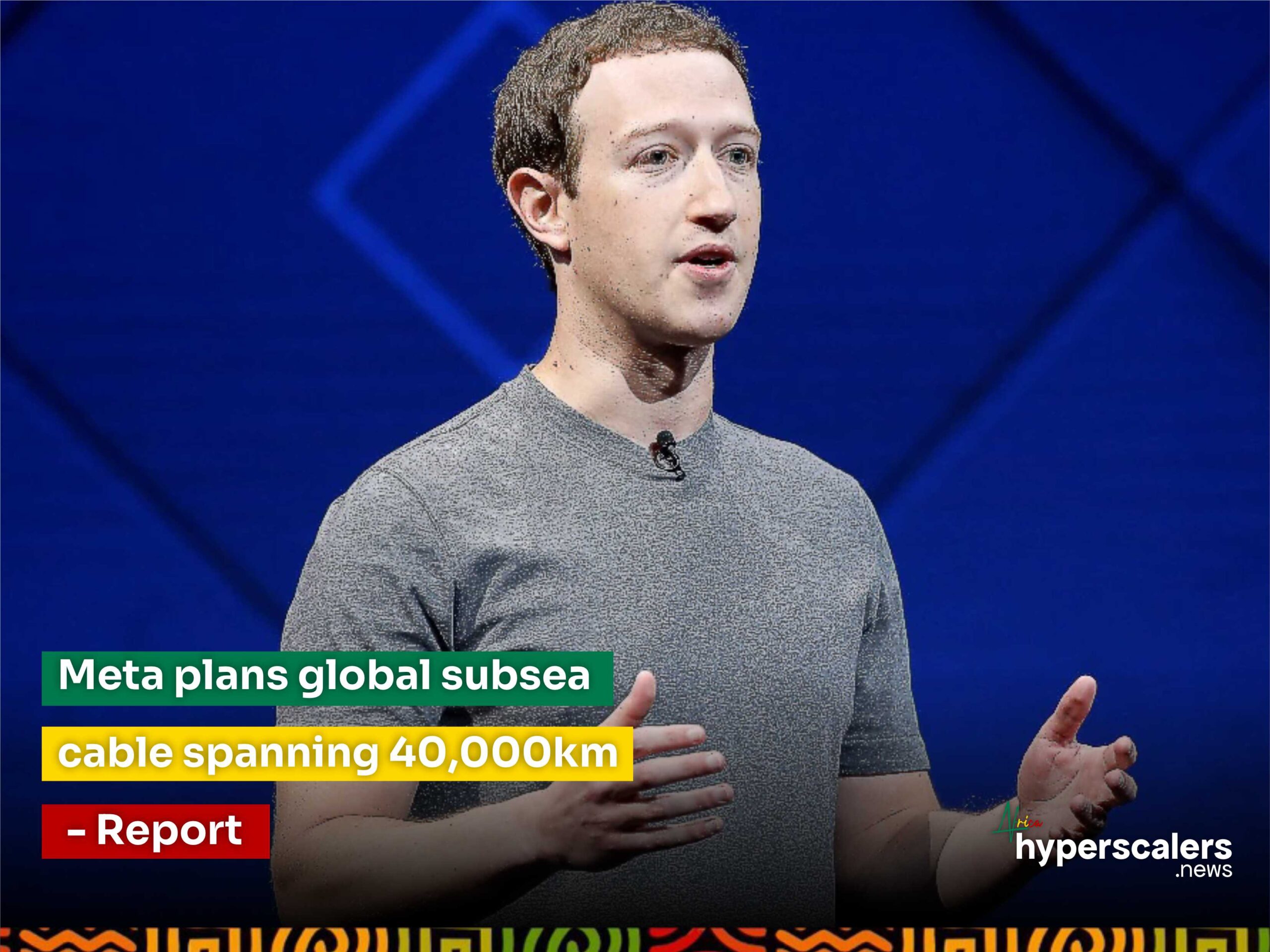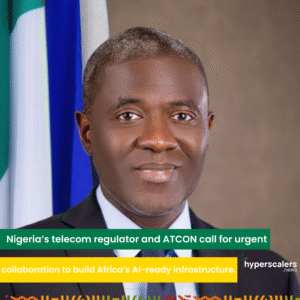Meta is reportedly planning to build a 40,000 km subsea cable that will encircle the globe, connecting the U.S. from coast to coast and traversing the Atlantic, Indian, and Pacific oceans. This ambitious project, estimated to cost around $2 billion, was outlined by industry experts Roderick Beck and Sunil Tagare on the Subseacables blog.
Two potential routes are under consideration. Tagare proposes that the cable, shaped like a “W,” will connect the U.S. East Coast to India with a stop in South Africa, before continuing from India to the U.S. West Coast, making an additional stop in Darwin, Australia. Beck suggests a different route, indicating that the cable could extend from Mumbai to Singapore, potentially reaching Australia and Japan. He also mentioned the possibility of a landing point in Lisbon, followed by a route along the West African coast.
The cable is expected to have a significant capacity of 320 Tbps and will entirely bypass regions such as the Red Sea, the South China Sea, and Egypt, which have posed challenges for subsea cables in recent years.
Although Meta has not officially commented, there is speculation that the cable will land at Jio’s facilities in India. This project continues Meta’s investment in global internet infrastructure, building on previous initiatives involving other subsea cables like Echo, Bifrost, Havhingsten, Amite, Anjana, and the partially operational 2Africa cable.
Over the past decade, Meta has invested billions in collaboration with network operators, original equipment manufacturers, technology companies, and other application providers to enhance global connectivity. These open and collaborative efforts include internet exchanges and carrier-neutral colocation, aiming to extend the benefits of their foundational infrastructure investments, such as fiber and subsea cables.





